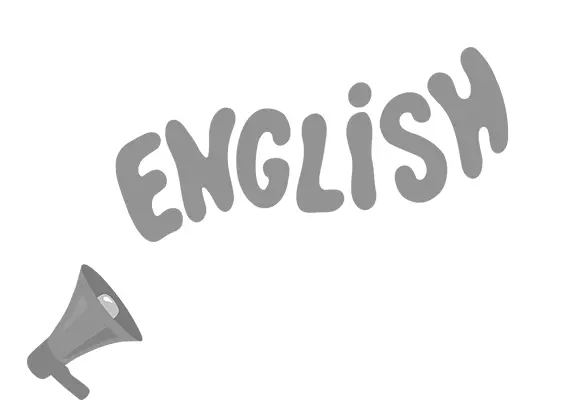any people think that dyslexia is just a reading or spelling problem. They don’t realize that it can also affect speaking, recalling, understanding, processing, organizing and even motor skills.
Being the mother of a dyslexic son, I used to say that dyslexia was only a tiny island of difficulties in a huge ocean of skills and possibilities.
My son’s dyslexia has given me the ability to understand my students better and to comprehend their learning difficulties. It was easier for me to encourage them to keep trying and focus on the things they were good at. I concentrated more on their strengths rather than their weaknesses and did my best to improve their strengths and reduce their weaknesses, wherever possible.
For me, dyslexia has never meant disability. I believe that appropriate teaching methods can provide dyslexic students with tools to overcome barriers and obstacles and help them achieve educational success.
In this article I would like to share my working experience with other teachers and present strategies, solutions and practical techniques to help teachers improve the performance of dyslexic students in class, overcome their learning barriers and unlock their potential.
POLECAMY
The Art Of Teaching Reading to Dyslexic Students
Children all over the world start learning English as a foreign language at an early age. They learn reading and writing at the same time, which is not easy. Reading in a non-native language is a complex task which requires more competencies i.e. decoding, understanding vocabulary, fluency and comprehension. It is why teachers must remain patient and make the learning process enjoyable and engaging, even for struggling readers.
Children with dyslexia often have writing and reading difficulties which co-occur in multiple areas:
- poor spelling,
- poor legibility,
- confusing letters that look similar: b:d, u:n, m:n,
- confusing letters that sound similar: f, th,
- confusing prepositions: for, from,
- reversing words or even phrases: dog – god, was – saw, car park –park car,
- misreading words,
- poor comprehension of texts.
While reading, dyslexics even have difficulties in keeping their place in the text and very often lose it. It is advisable to use a finger, a pen or a pencil, a piece of paper, a bookmark or other handmade aids to enable them to stay focused on the lines they are reading and move onwards easily.

Teaching young learners how to read and write in a foreign language is a challenge. Some traditional methods can fail when it comes to dyslexic learners and, as a result, teachers are expected to change their way of teaching. They should bear in mind that difficulties in reading aren’t the results of laziness, stubbornness or lower levels of intelligence. Dyslexics just need more time, more effort and more self-confidence to be able to succeed in reading.
Teachers should be personal tutors in the child’s learning process. They should also be flexible, friendly, enthusiastic, supportive and aware of any dyslexia problems. These qualities are crucial.
What can teachers do to help overcome reading difficulties?
- Firstly, they should learn as much as possible about dyslexia.
- They should shorten texts.
- Divide them into smaller sections.
- Deal with the texts in more than one lesson.
- Use pictures and illustrations.
- Prepare vocabulary banks.
- Use comprehension questions to check understanding.
- Read the same stories several times.
- Choose a friendly font and size of letters.
- Select the grammar appropriately to the learners’ level.
- Practice pair-reading or choral-reading.
- Reading-while-listeni...
Pozostałe 90% treści dostępne jest tylko dla Prenumeratorów
- 6 wydań magazynu "Horyzonty Anglistyki"
- Dostęp do wszystkich archiwalnych artykułów w wersji online
- Możliwość pobrania materiałów dodatkowych
- ...i wiele więcej!









